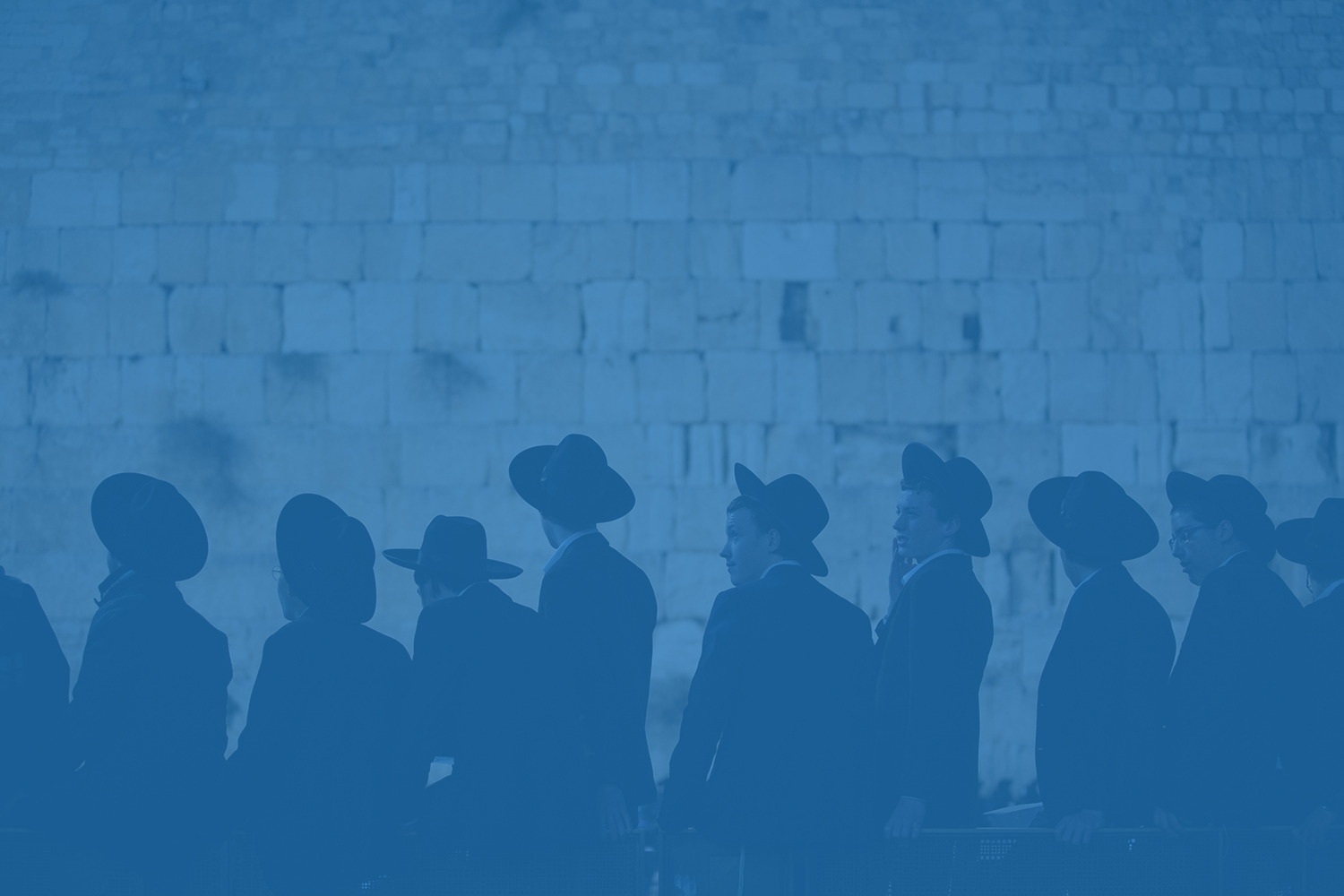Population and Demographics
Chap. 1
The rate of demographic growth among the ultra-Orthodox (Haredi) population is the most rapid among all populations in developed countries; In Israel, the rate is approximately 4% a year. This unique pace of growth can be attributed to high fertility rates along with modern medical and living conditions, the young age at marriage and the large number of children per family. Indeed, the ultra-Orthodox population in Israel is very young ; almost 60% of its members are below the age of 20, as compared with 36% of the general population.
In 2018, the ultra-Orthodox population in Israel numbered 1,079,000 members (as compared with about 750,000 in 2009). According to Central Bureau of Statistics population projections, Israel’s ultra-Orthodox population, which currently comprises 12% of the total population, is expected to reach 15% of the total population by 2027, and to number 2.3 million in 2037. Patterns of behavior within the ultra-Orthodox nuclear family over the past decade and a half, show a slight decline in the fertility rate, from 7.5 between 2003 and 2005, to 7.1 between 2015 and 2017. The fertility rate for other Jewish women in Israel is 4 children among national-religious women; 3.2 children among traditional-religious women; 2.5 children among traditional-secular women; and 2.2 children among secular women. Marriage rates among men and women ages 20 and over in the ultra-Orthodox population (82%) are much higher than among the rest of the Jewish population (62%). This difference can be attributed to the young age at marriage among the ultra-Orthodox.
Over the years, we can see a rise in the percentage of single, divorced and widowed among the ultra-Orthodox, from 15% in 2003, to 17% in 2017. Some of this change stems from the rise in age at marriage. Between 2003-2004, for example, 23% of the ultra-Orthodox ages 20-29 were single, and the percentage rose to 33% in 2016-2017.














